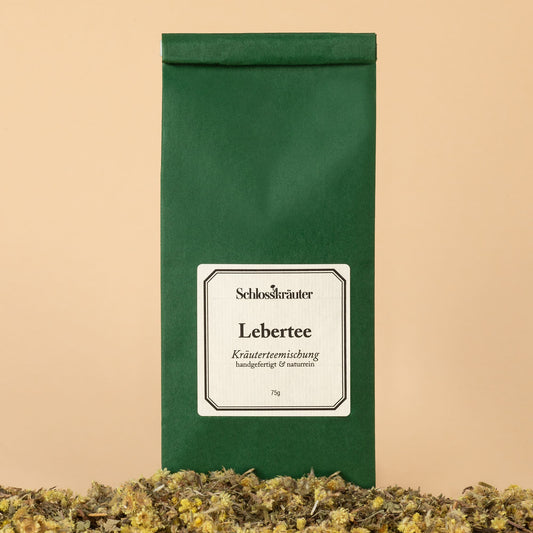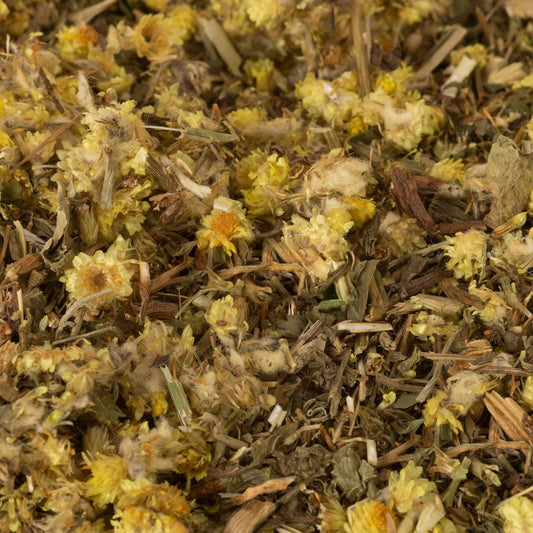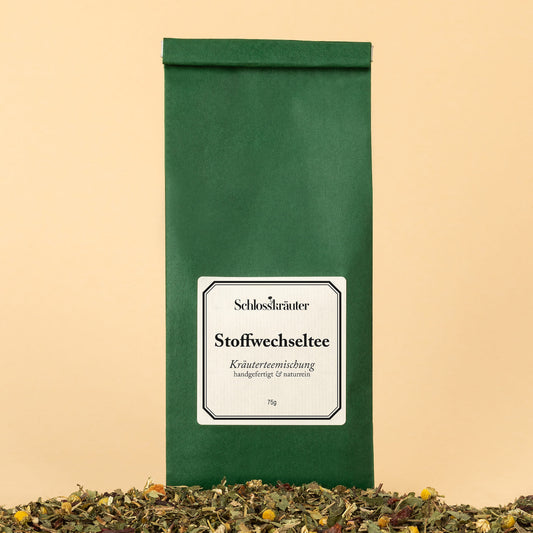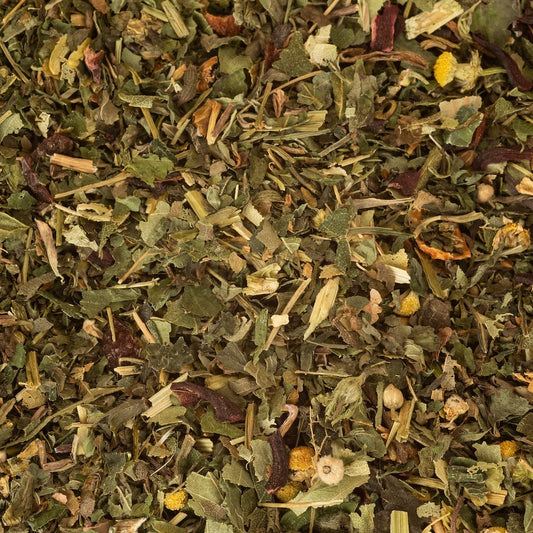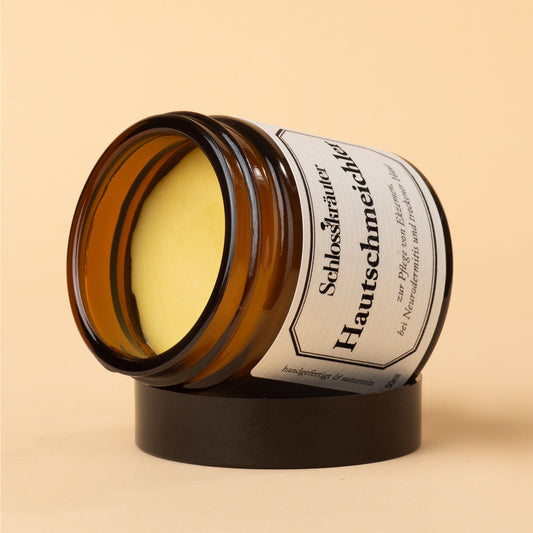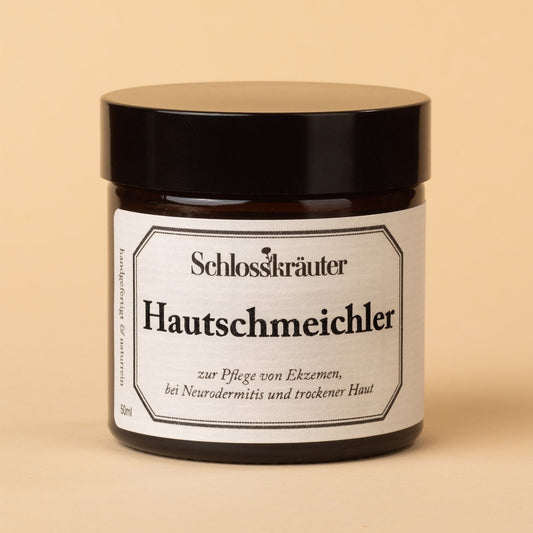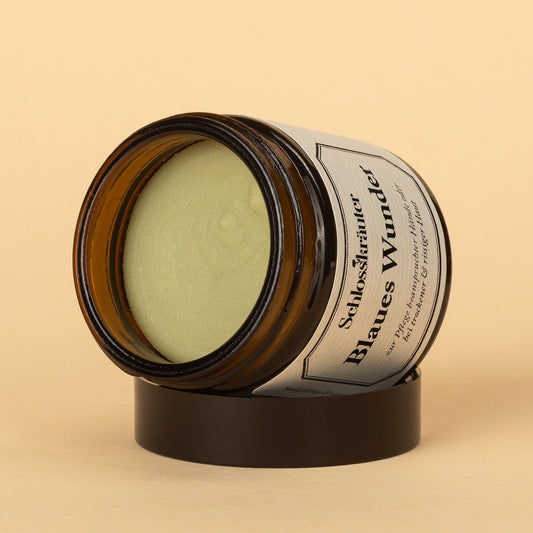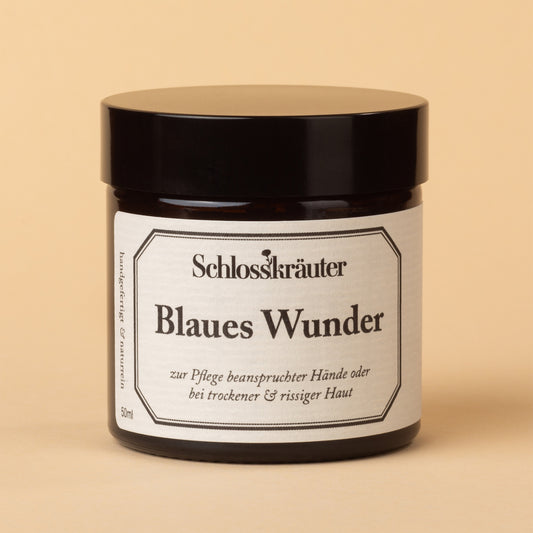For a few days we have been in the second phenological season, the first spring , matching the calendar beginning of spring.
Recognizable by the fact that the relevant indicator plant is flowering: Forsythia .

It is said that a new season begins when half of an indicator plant has switched to the corresponding new vegetation phase (stage of flowering, fruit ripening, leaf coloration, leaf shedding).
Have you ever wondered why you can't find bees or bumblebees on the flowers of the forsythia, even though they - bright yellow as they are - should attract insects? This is because the forsythia has so-called dry flowers , i.e. flowers without pollen and nectar. Too bad actually.
Only the Beatrix Ferrand variety forms pollen and is a nice alternative.
The willows are also in bloom in the first spring, soon the cowslips, wild garlic will sprout, garlic mustard, ground ivy and Günsel will show their fresh, healthy, edible green leaves.
An old Zen wisdom says:
"You should sit in nature for 20 minutes a day. Unless you don't have time. Then you should sit there for an hour."
How true. There is so much to explore.


